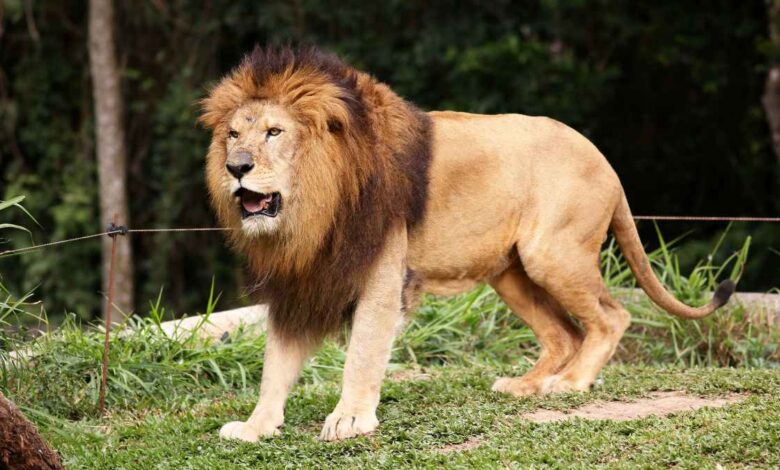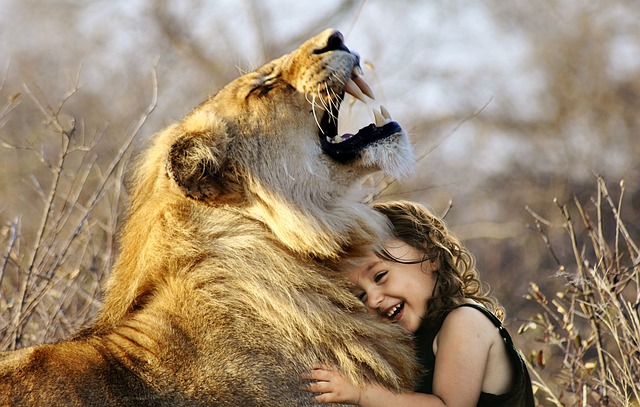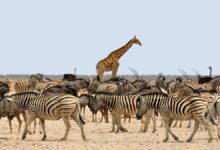Lions: The Majestic Kings of the Savanna

Lions are one of the most iconic animals in the world. They are known for their majestic mane, their powerful roar, and their social behavior.
Table of Contents
Scientific Name
Lions, scientifically known as Panthera leo, belong to the Felidae family, which encompasses all cat species. They are part of the Panthera genus, which also includes tigers, leopards, and jaguars. Lions are further classified into several subspecies, each with unique characteristics.
Types
There are two main species of lions: the African lion (Panthera leo leo) and the Asiatic lion (Panthera leo persica). African lions are found across sub-Saharan Africa, while Asiatic lions are restricted to the Gir Forest National Park in India. Each subspecies has adapted to its respective habitat over time.
Evolution
Lions have a rich evolutionary history that dates back millions of years. Fossil evidence suggests that ancient lion species were larger and more widespread than their modern counterparts. Over time, lions evolved to thrive in a variety of environments, from grasslands to savannas.
Behavior
Lions are known for their social behavior and live in groups called prides. A typical pride consists of several related lionesses, their cubs, and a few dominant males. These social groups provide benefits such as increased hunting success and protection for the young. Male lions are recognizable by their majestic manes, which play a role in attracting mates and asserting dominance.

Habitat
African lions inhabit a range of habitats, from open grasslands to dense scrub and savannas. They are well adapted to a variety of conditions and can be found in countries across Africa. Asiatic lions are now restricted to the Gir Forest in India due to habitat loss and human encroachment.
Diet
Lions are apex predators and play a crucial role in maintaining the balance of their ecosystems. They primarily hunt large ungulates such as zebras, wildebeests, and buffalo. Lionesses are the primary hunters, using teamwork and strategic tactics to bring down their prey.
Role in Ecosystems
As top predators, lions help control the population of herbivores, preventing overgrazing and maintaining the health of plant communities. Their presence also affects the behavior of other animals, shaping the dynamics of the ecosystem.
Conservation Status and Threats
Lions are currently listed as vulnerable by the International Union for Conservation of Nature (IUCN). Their populations have been declining due to factors such as habitat loss, human-wildlife conflict, and poaching. Conservation efforts are crucial to ensuring their survival and protecting their habitats.

Reproduction, Cubs, and Lifespan
Female lions give birth to a litter of cubs after a gestation period of about three and a half months. Cubs are born blind and vulnerable and are cared for by the entire pride. They start learning hunting skills from their mothers and gradually become more independent as they grow. Lions typically live for around 10 to 15 years in the wild, while those in captivity may live longer.
Conclusion
Lions are majestic creatures with a storied history and a vital role in maintaining ecosystem balance. From their social structures to their distinctive roars, they continue to captivate our imagination and remind us of the intricate web of life on our planet.
FAQs about Lions
- Do lions only live in the jungle?
No, lions inhabit a range of habitats, including grasslands and savannas.
- Are lions the only social cats?
Lions are among the few cat species that exhibit social behavior, living in prides.
- What is the purpose of a lion’s mane?
A lion’s mane serves various purposes, including attracting mates and intimidation.
- Do lions have any natural predators?
In most of their habitats, lions have no natural predators apart from humans.
- Can lions purr like domestic cats?
While lions cannot purr, they can produce a range of vocalizations, including roars and grunts.


